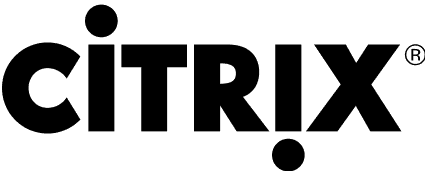Empowered by Industry Leaders
How HIC Works?
Our DRP process begins with a thorough assessment of your business operations, IT infrastructure, and potential risks. We work closely with you to identify critical assets, determine recovery priorities, and establish recovery time objectives (RTO) and recovery point objectives (RPO). Based on this analysis, we develop a tailored DRP strategy that outlines detailed procedures for backup, replication, failover, and recovery of your critical systems and data.
Our team then helps you implement the DRP strategy, ensuring that all necessary backup and recovery systems are in place and regularly tested. We also provide training to your staff on DRP procedures, ensuring everyone understands their roles and responsibilities in the event of a disaster. This proactive approach ensures that your organization is well-prepared to respond quickly and effectively to any disruptive event, minimizing downtime and data loss.
Frequently Asked Questions
What is the difference between disaster recovery and business continuity?
Disaster recovery (DR) focuses on the recovery of IT infrastructure and systems after a disaster, while business continuity (BC) encompasses a broader range of activities aimed at ensuring the continuation of critical business functions during and after a disruptive event.
Why do I need a DRP if I already have backups?
How often should I test my DRP?
Can I develop a DRP myself, or should I hire a consultant?
What is the cost of a DRP?













